For many years after World War II, the Swiss economy remained highly stable, experiencing a relatively low level of unemployment and a 5 percent growth rate in the 1950s and 1960s. Negotiating bilateral trade agreements constituted the bulk of foreign policy during this time. Swiss leaders resisted European integration efforts because they avoided multilateral ties that might affect their sovereignty. This led to the country not joining the European Economic Community (later the European Union [EU]); instead, it was a founding member of the European Free Trade Association (EFTA).
Switzerland’s rapid economic development transformed the landscape and led to a heightened sense of exclusivity. Slowly and gradually, it gave up bilateralism within the “apolitical” international bodies like the General Agreement on Tariffs and Trade (1966), the International Monetary Fund (1992), and the World Trade Organization (1995).
The World Economic Forum was founded in Davos in 1971 as a forum for policy, economic, and social discussions. Davos became synonymous with globalization by the early 21st century, and global decision-makers attended it regularly.
These beautiful color photos will take you back to 1950s Switzerland.


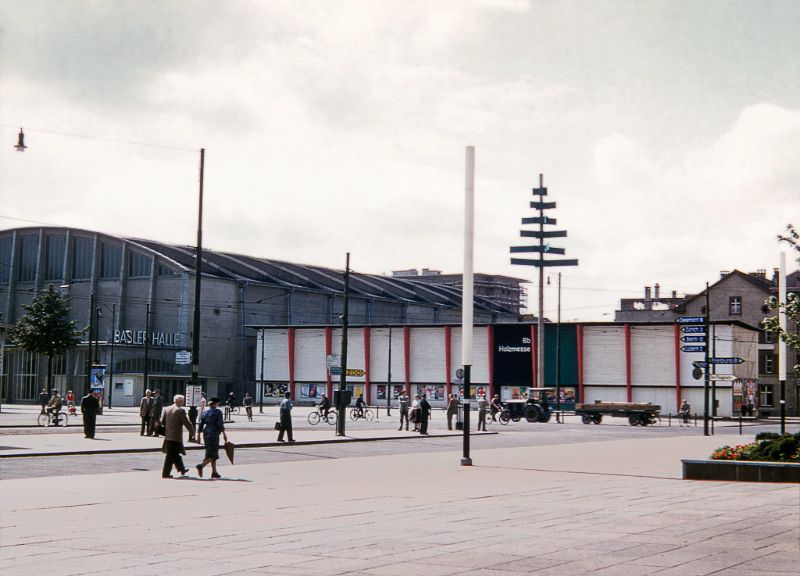

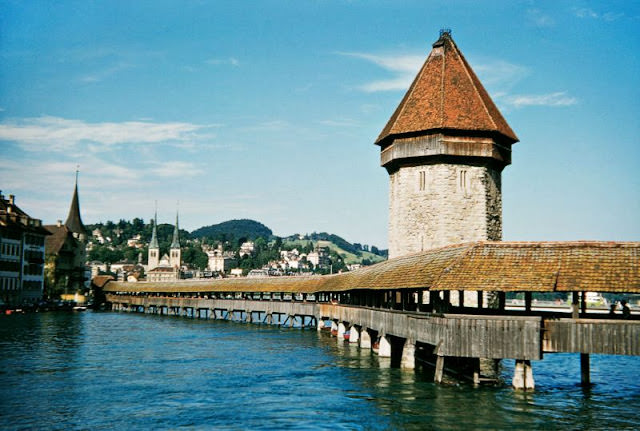

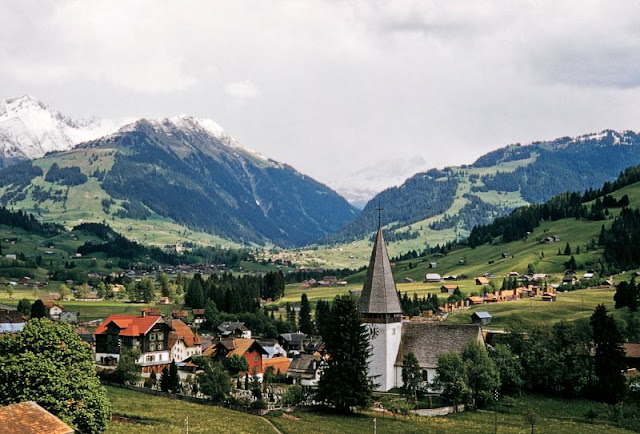
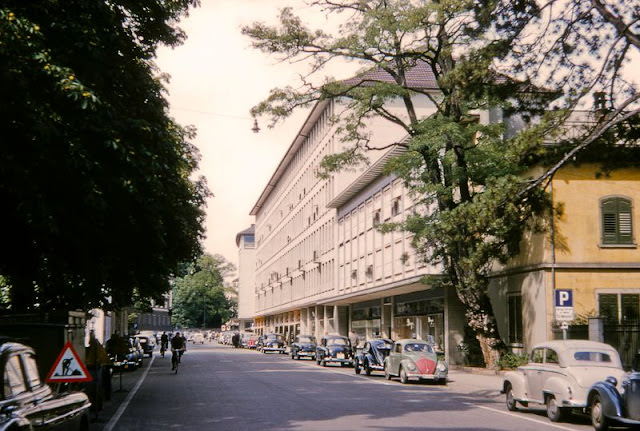
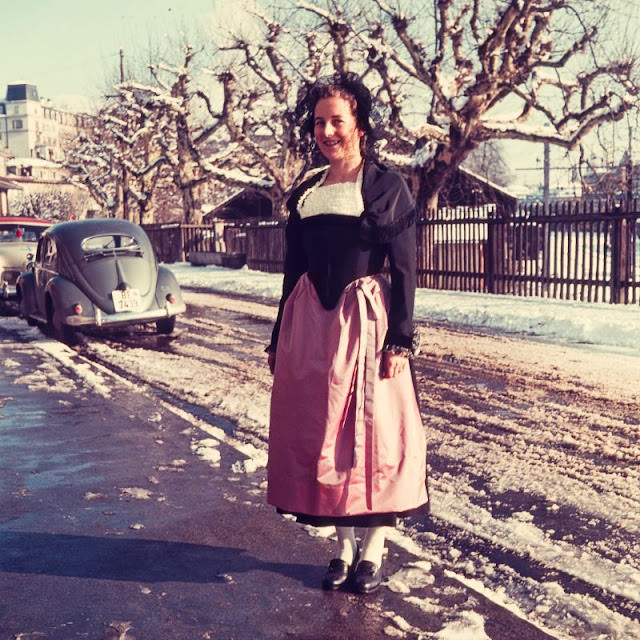
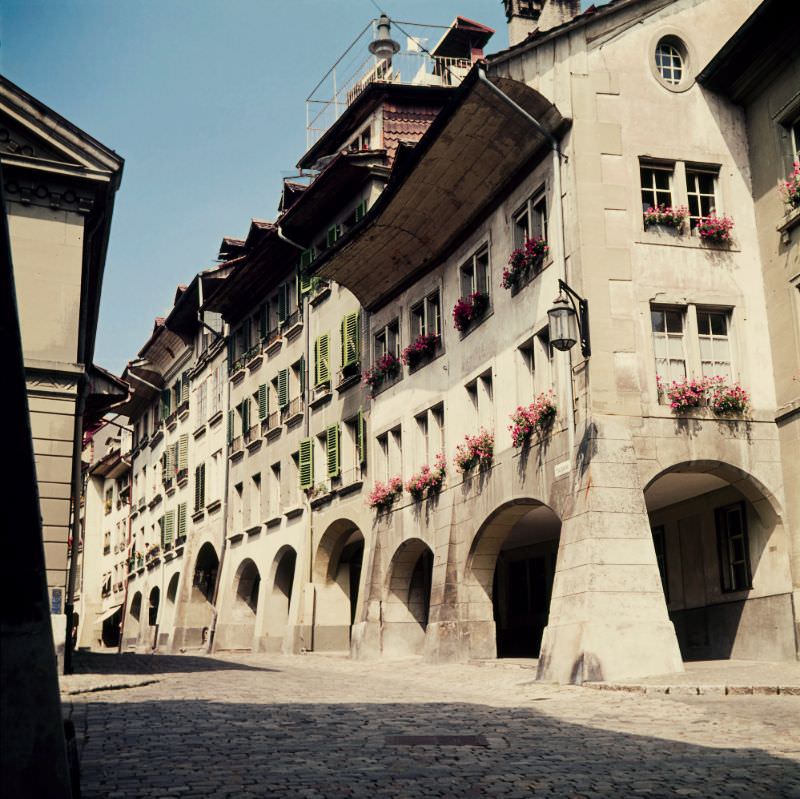
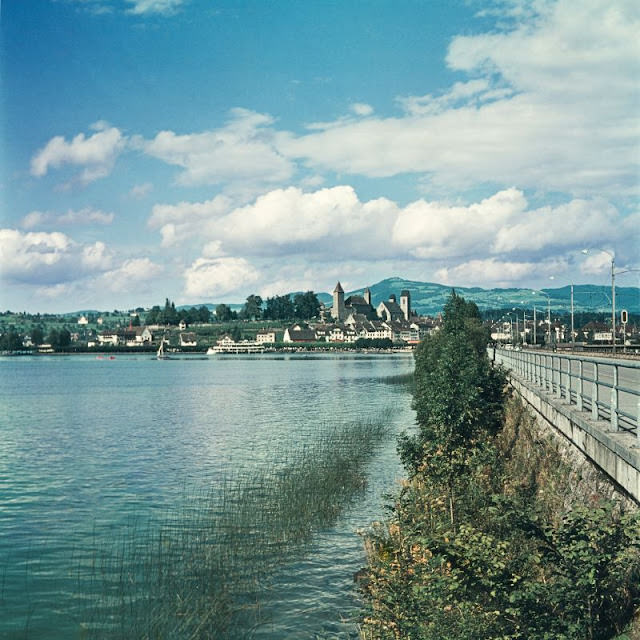
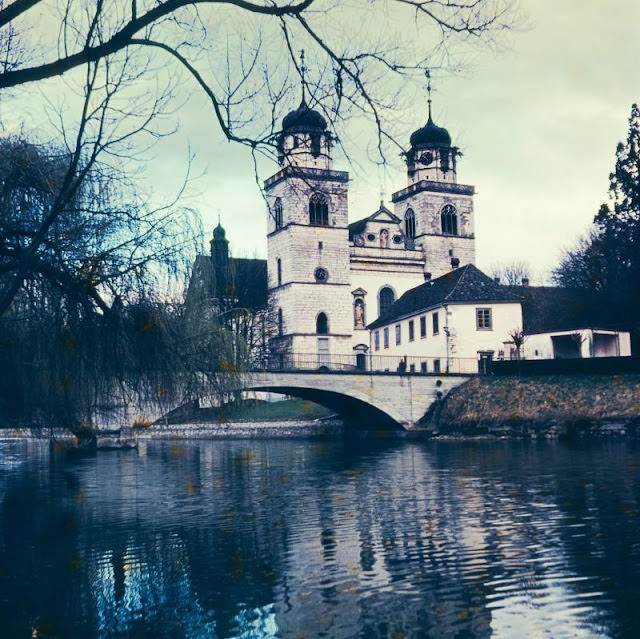
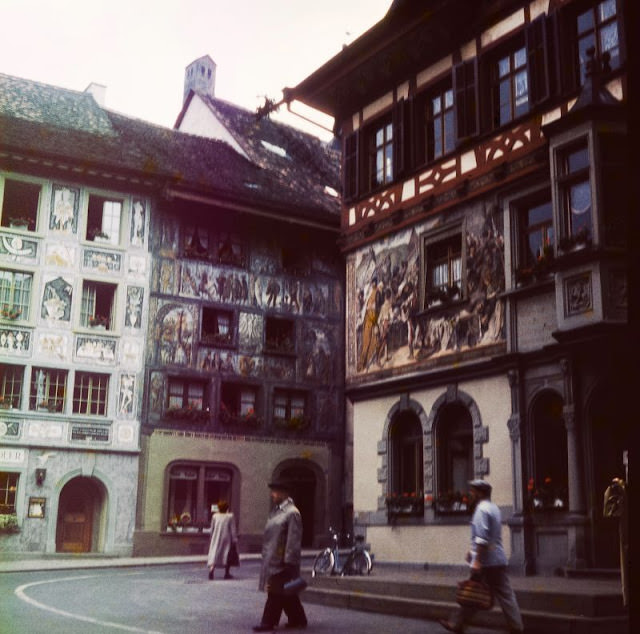

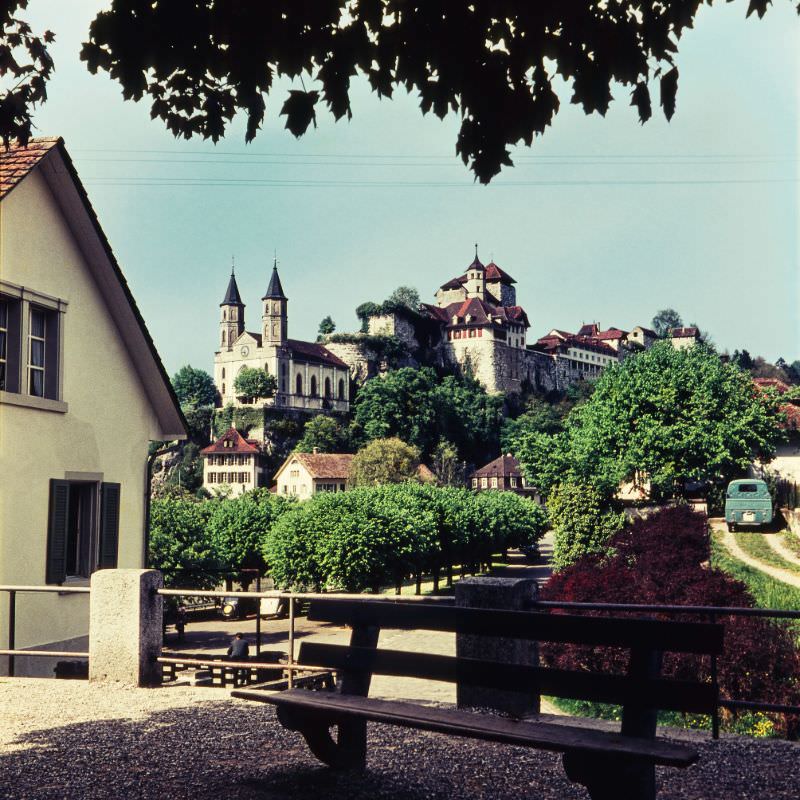
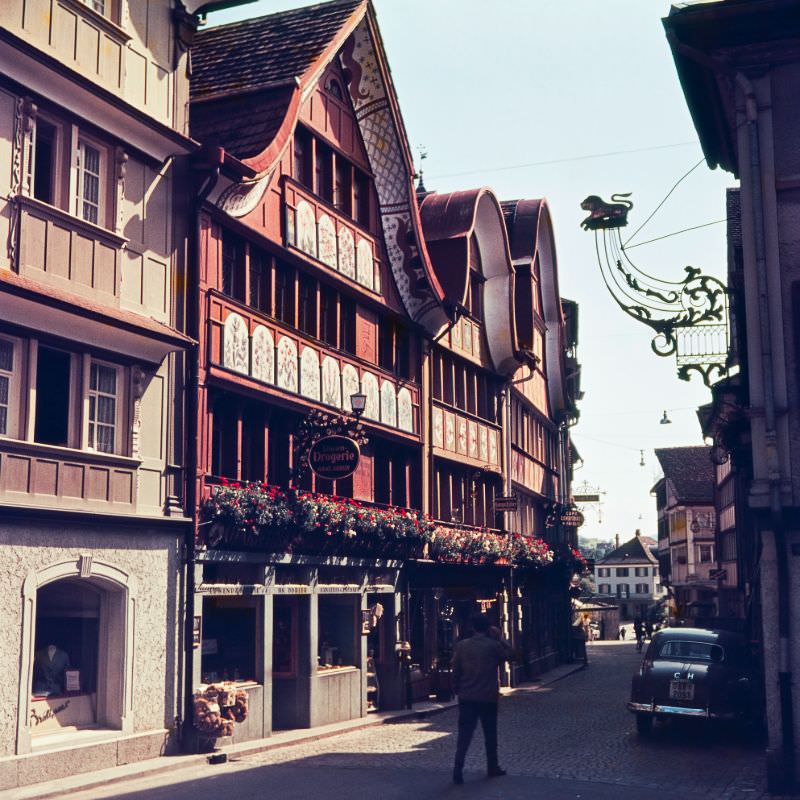
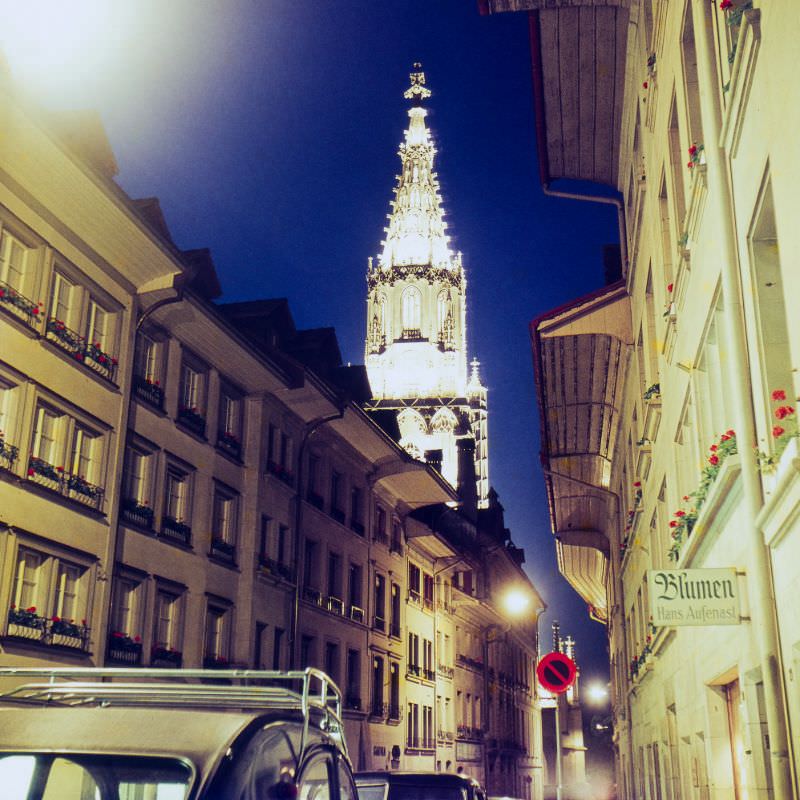
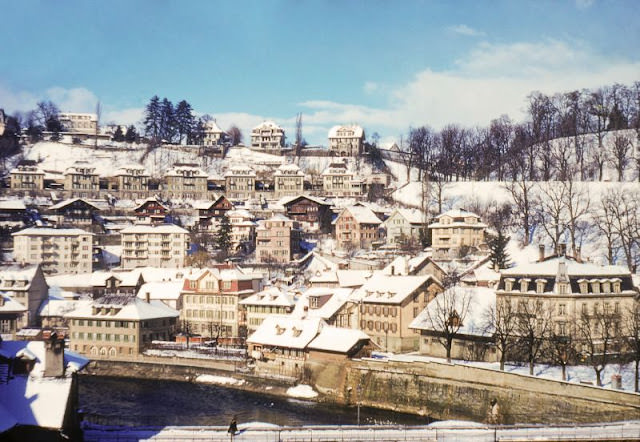
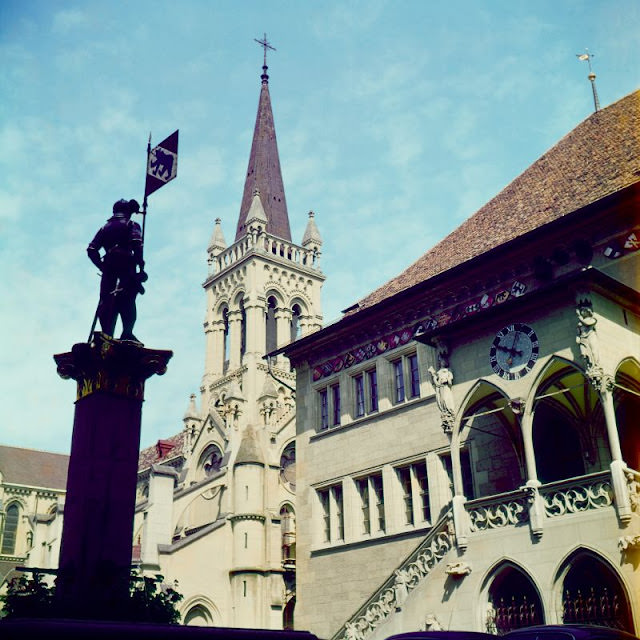
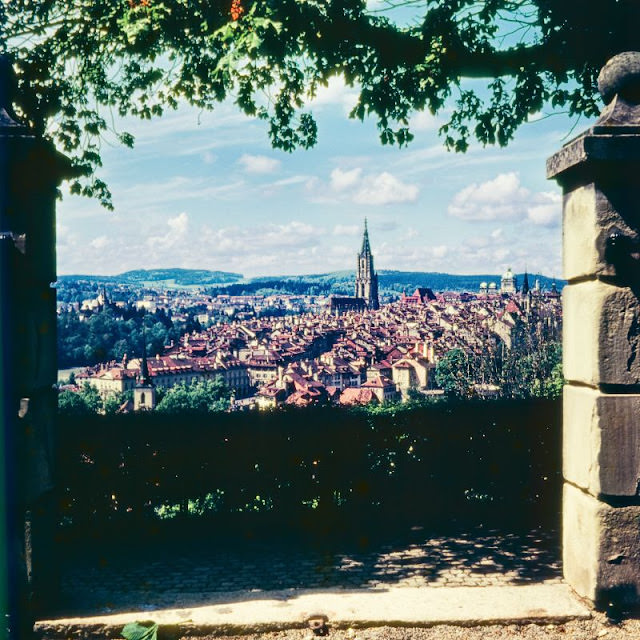
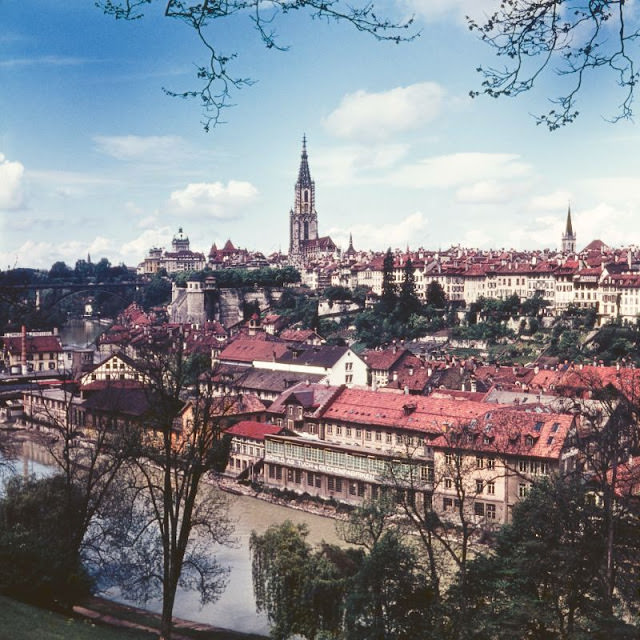
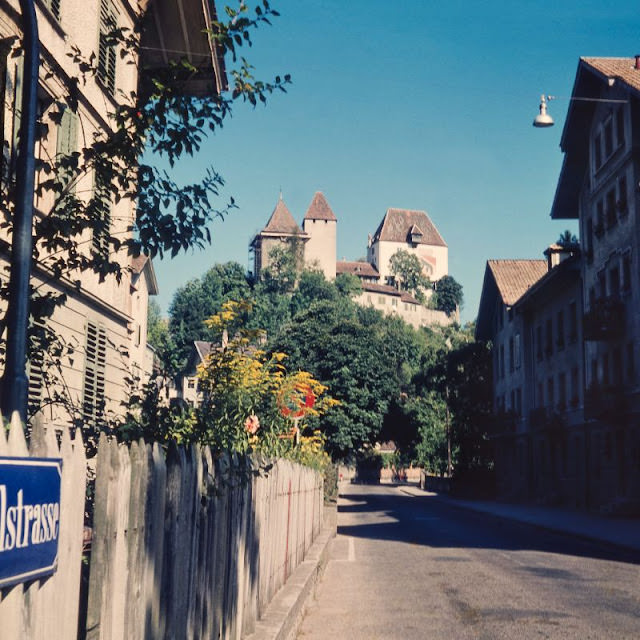
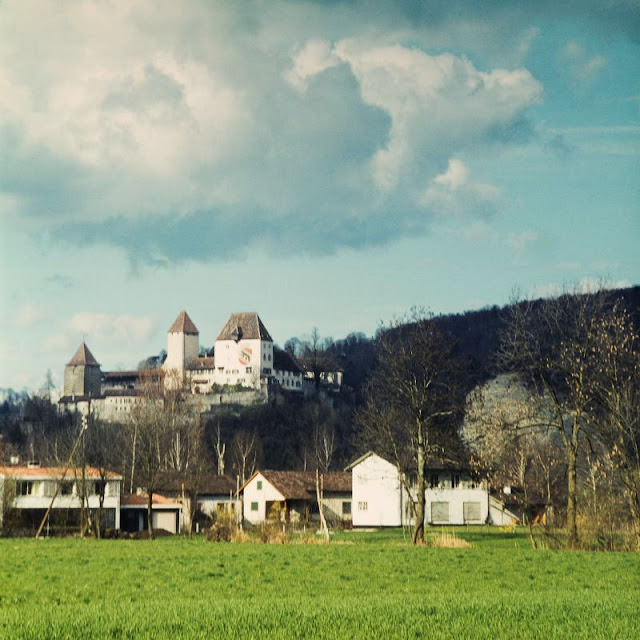
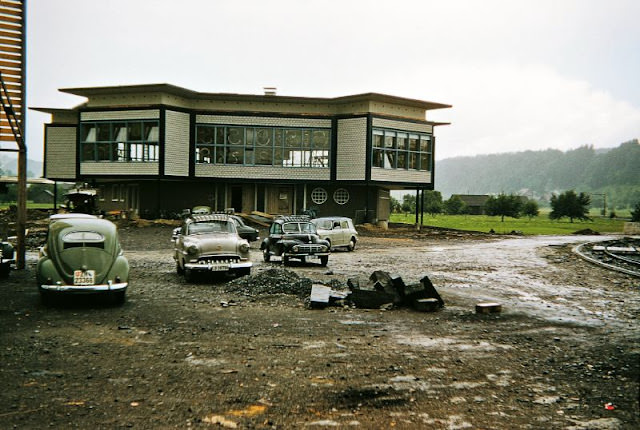
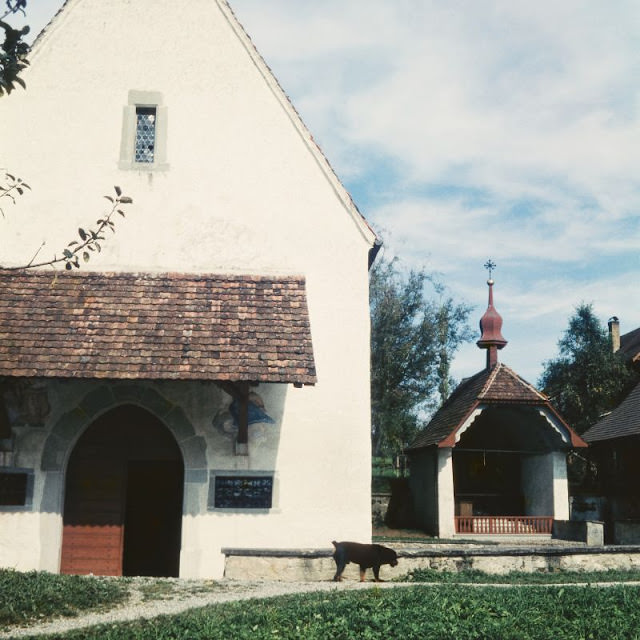
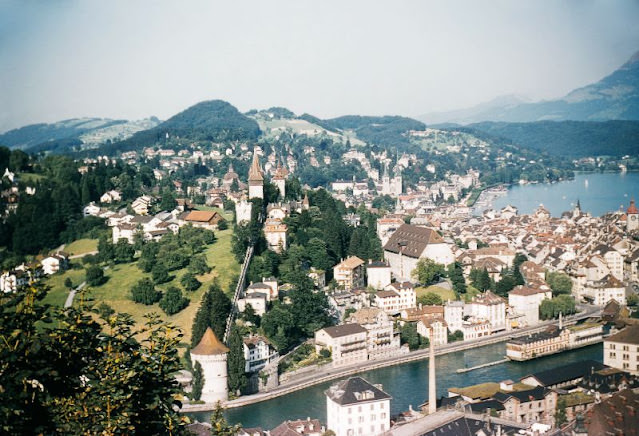
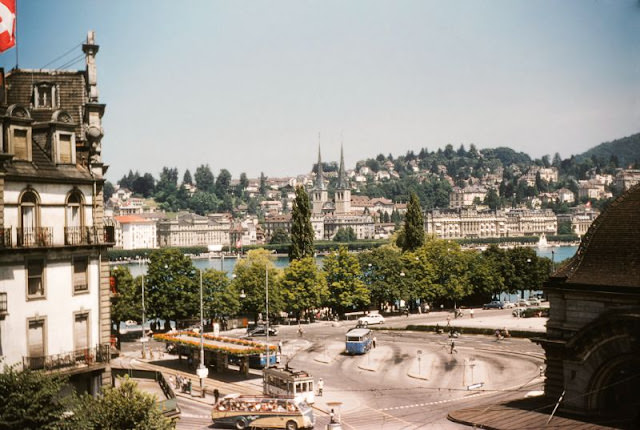
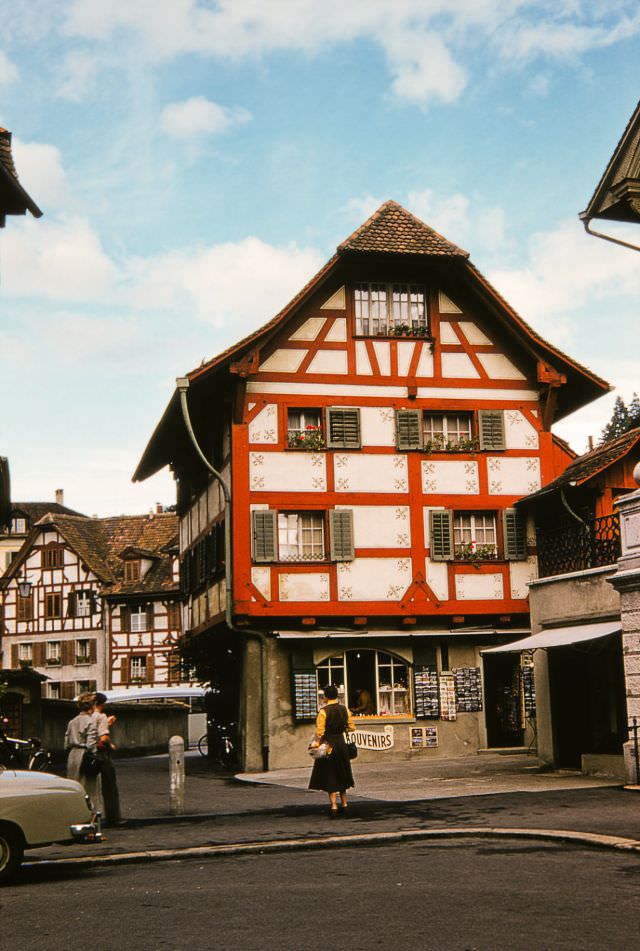
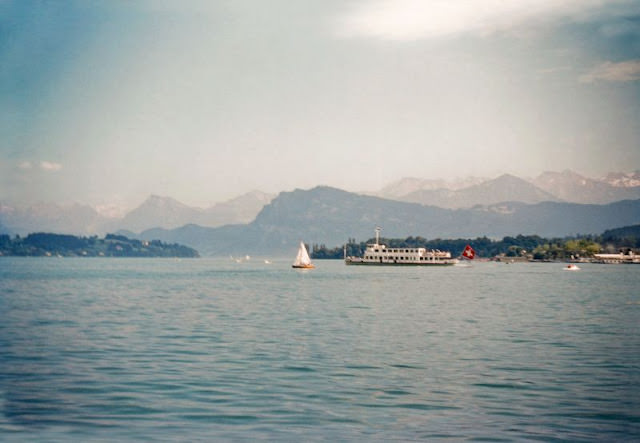
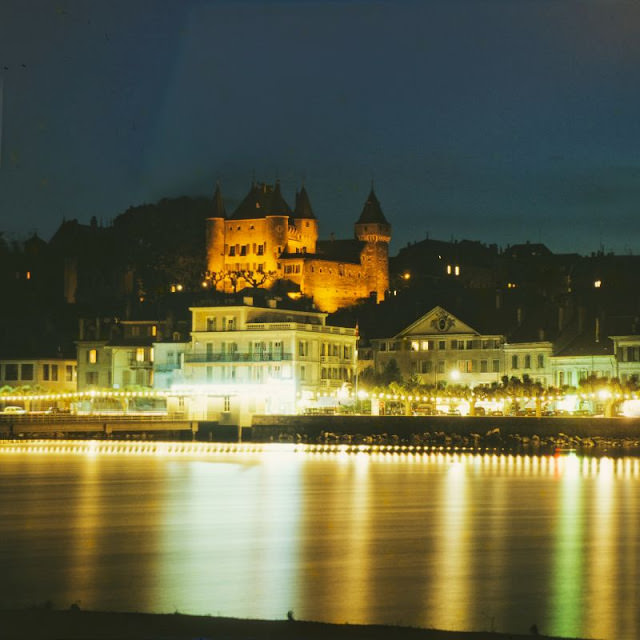
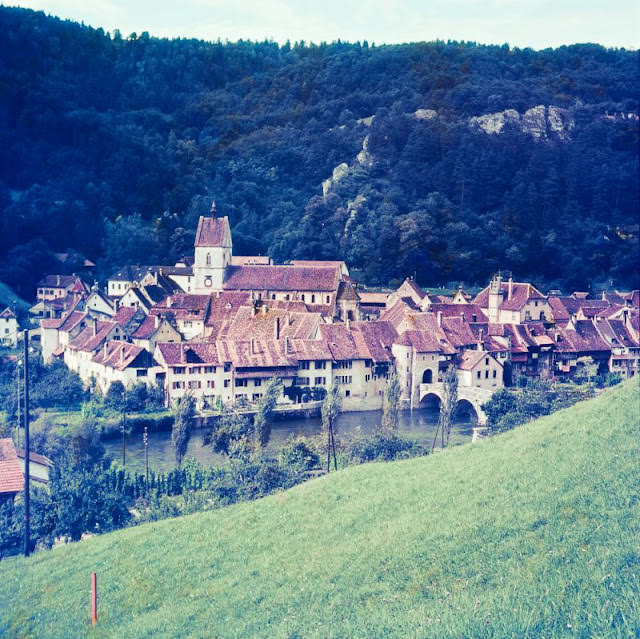
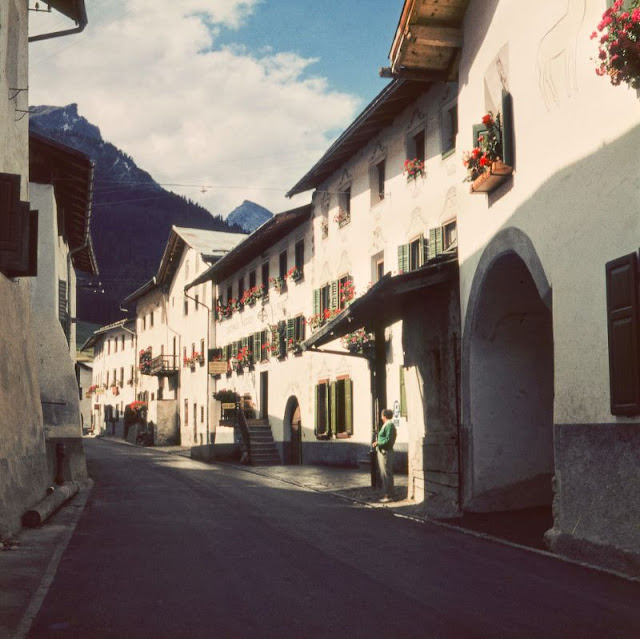
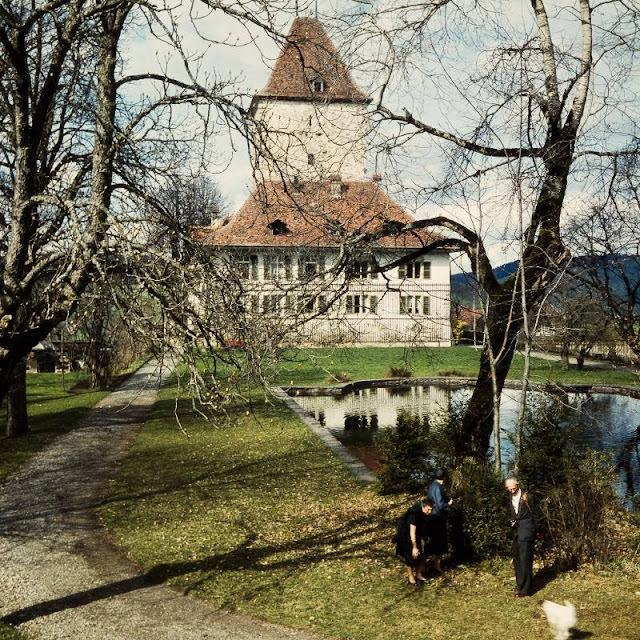
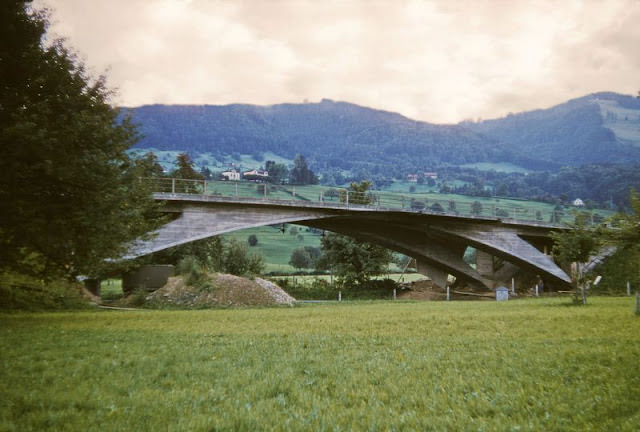
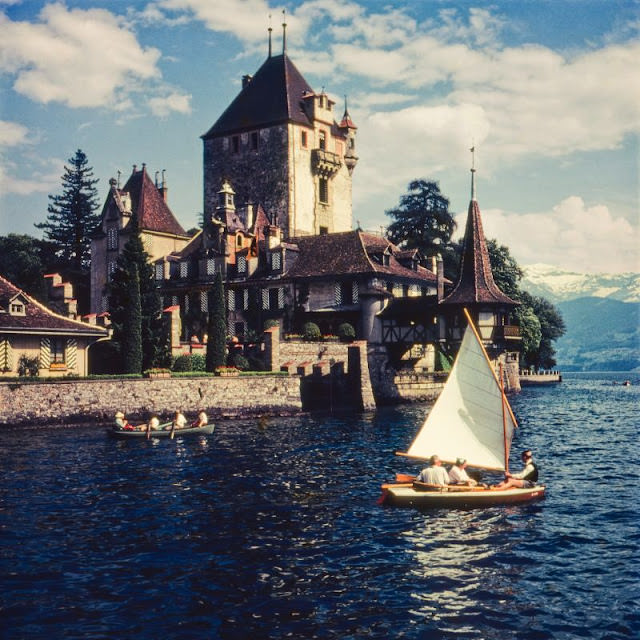
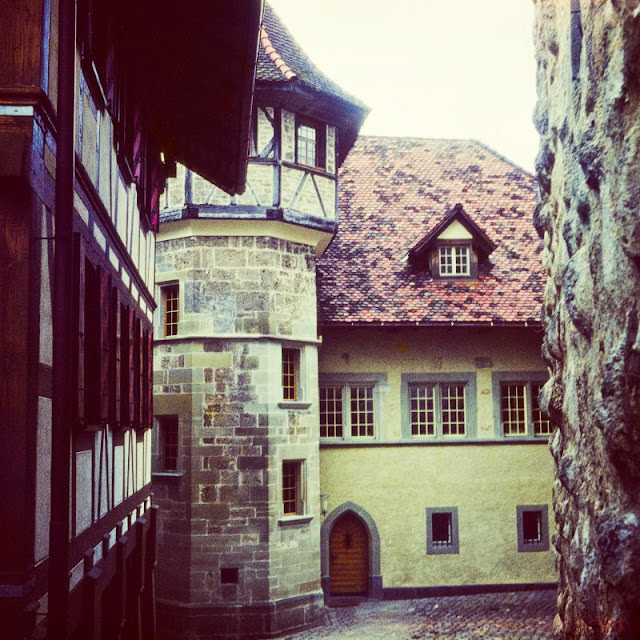
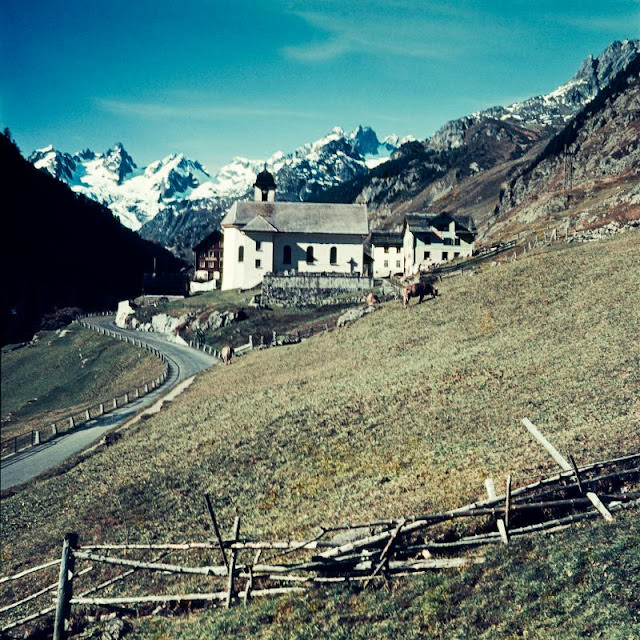
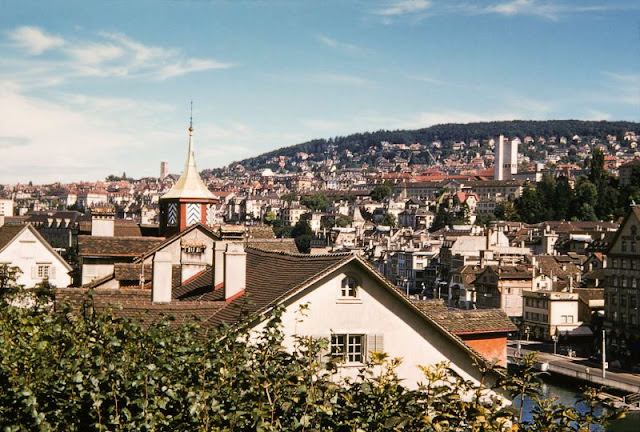
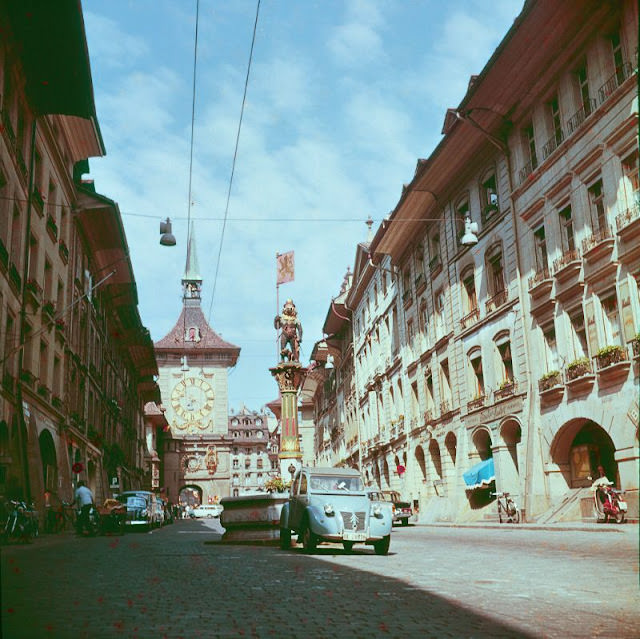
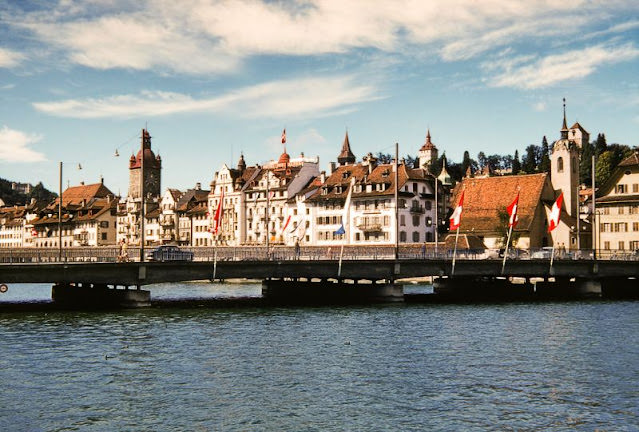
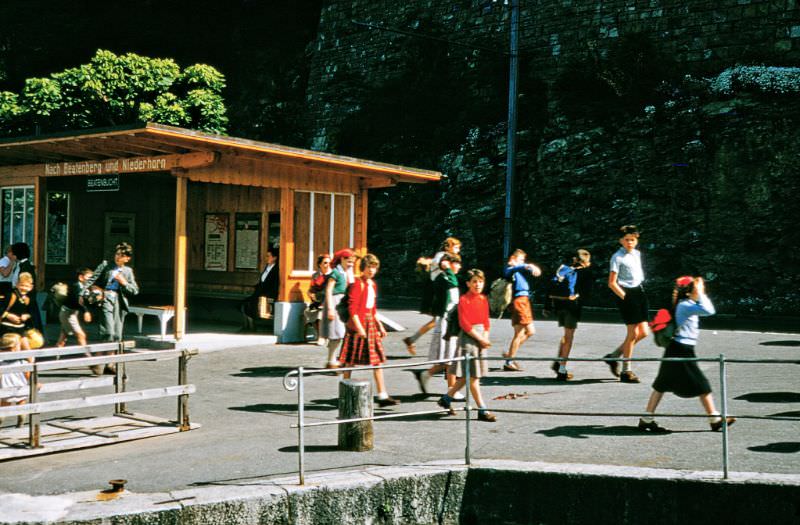
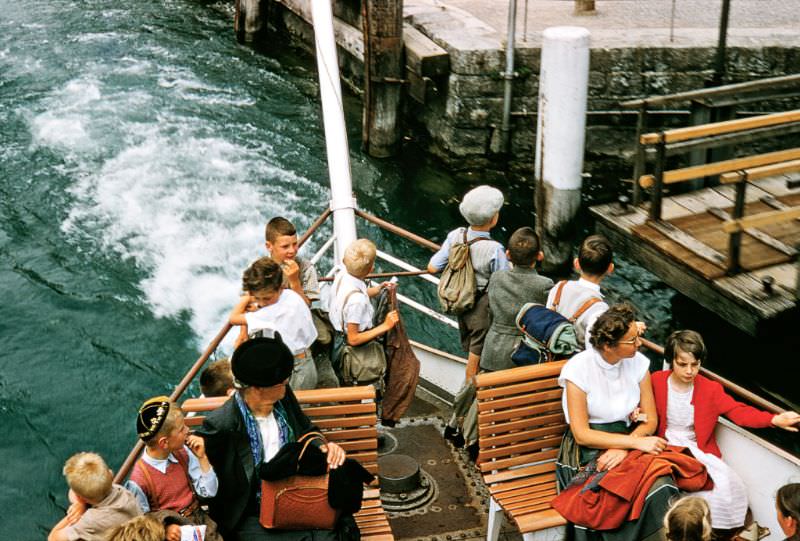
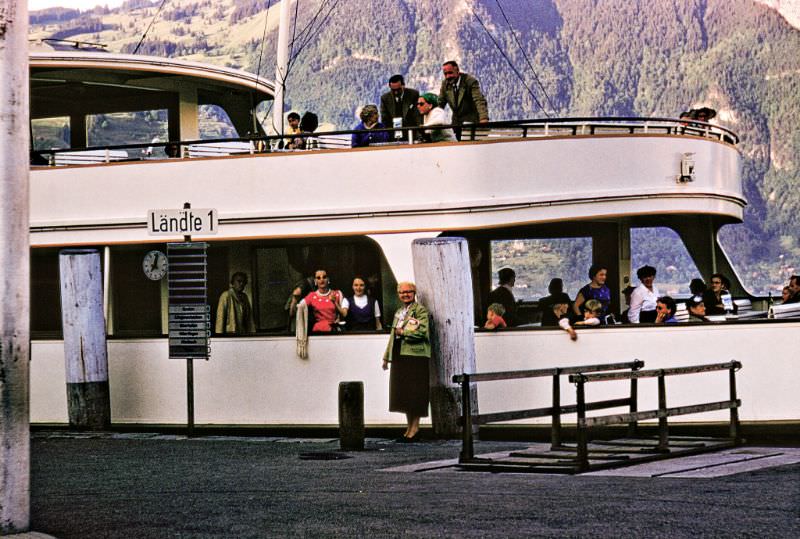
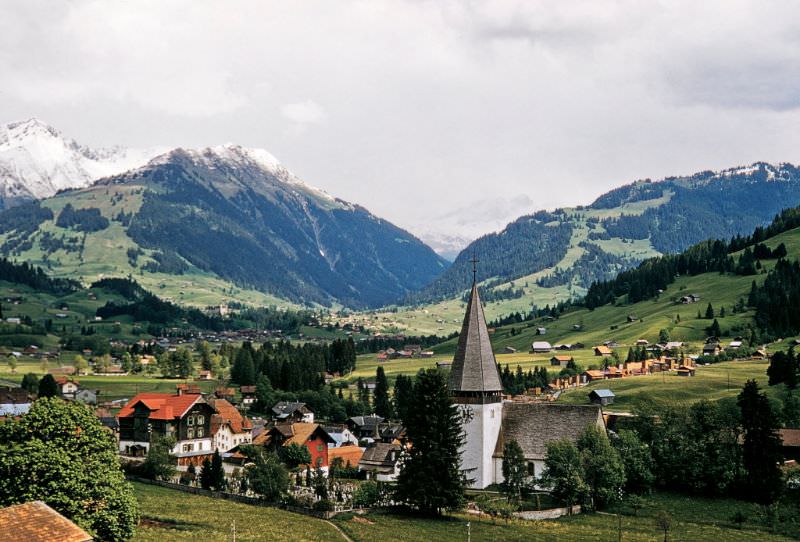
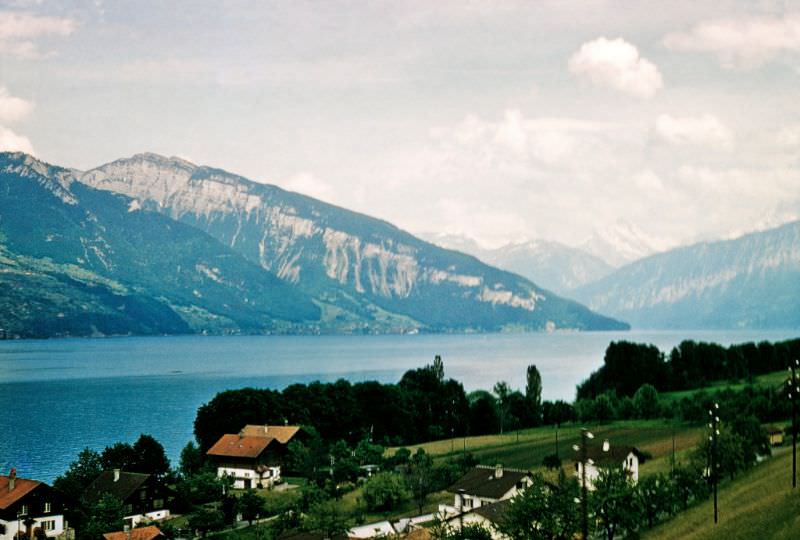
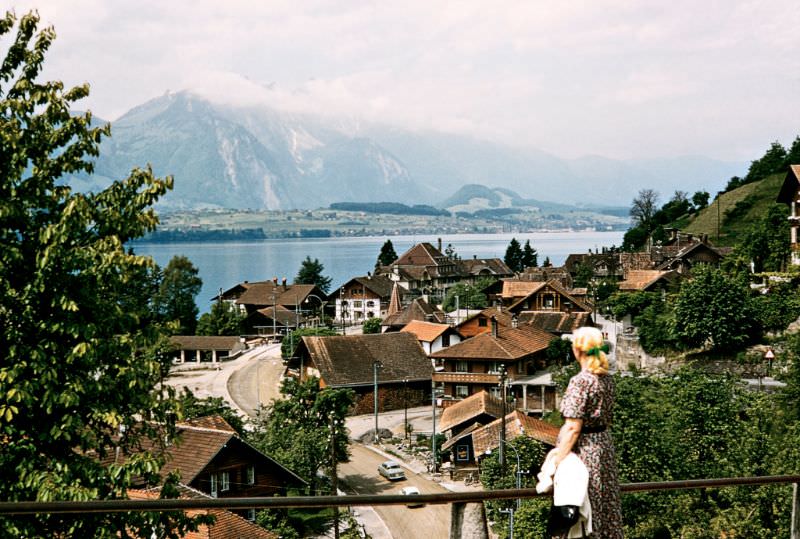
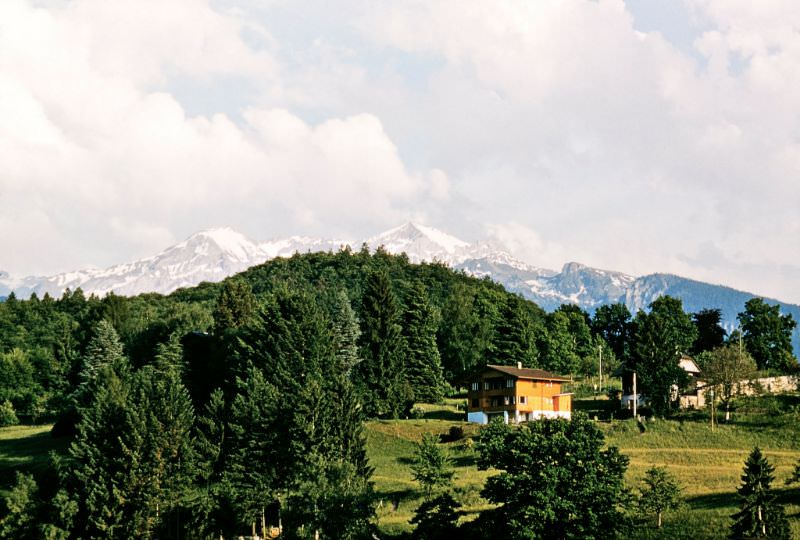
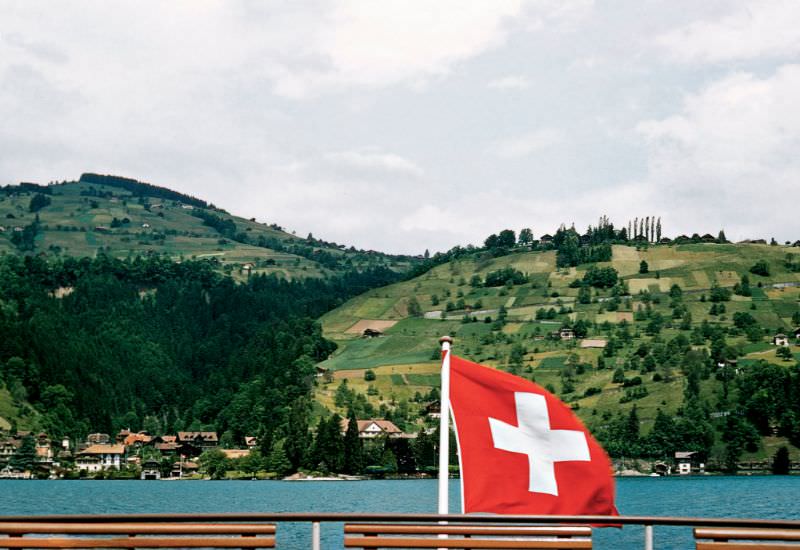
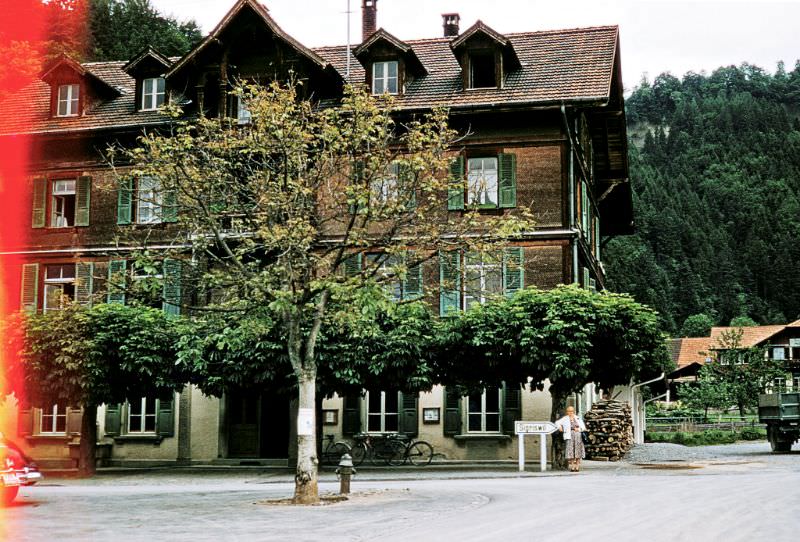
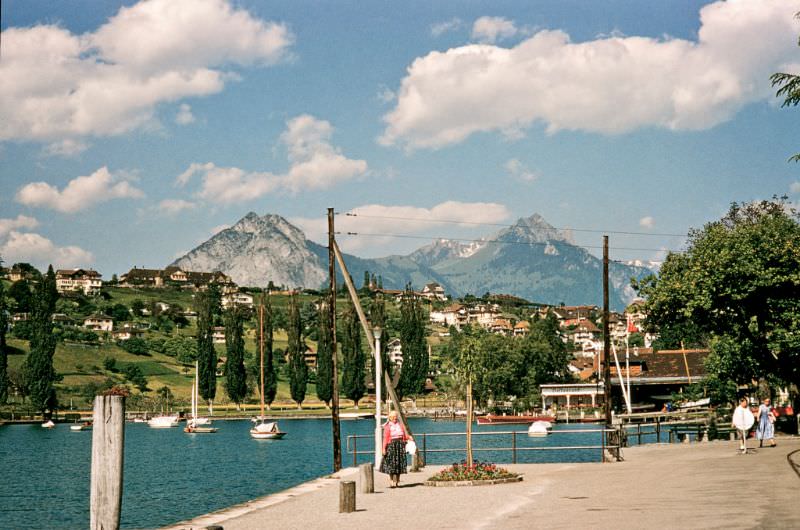
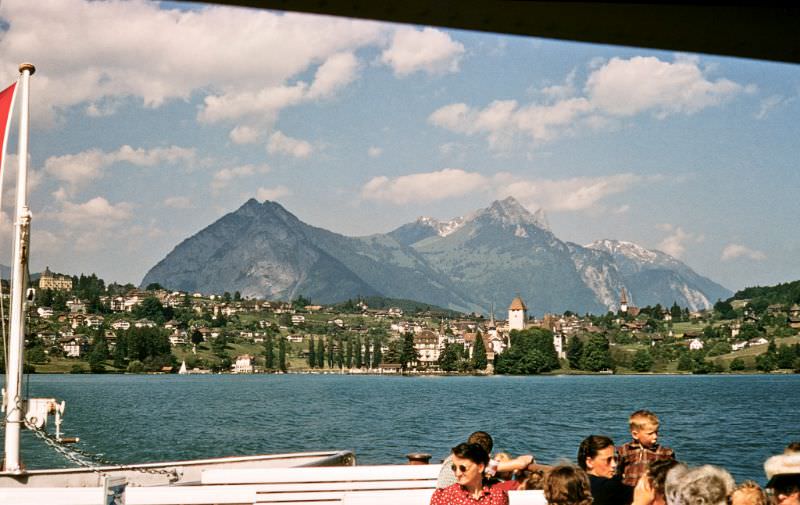
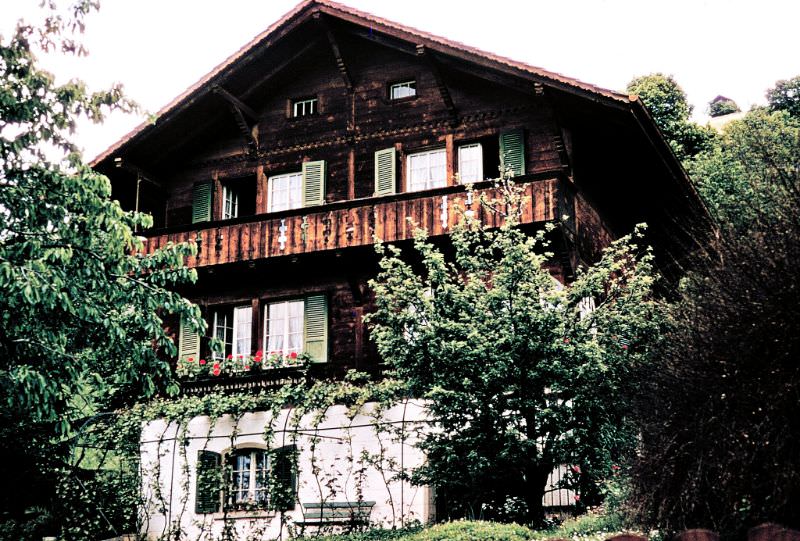
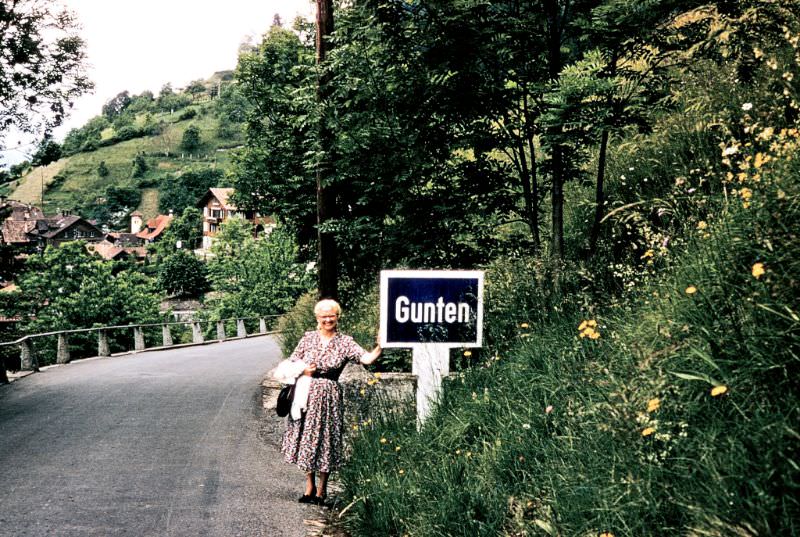
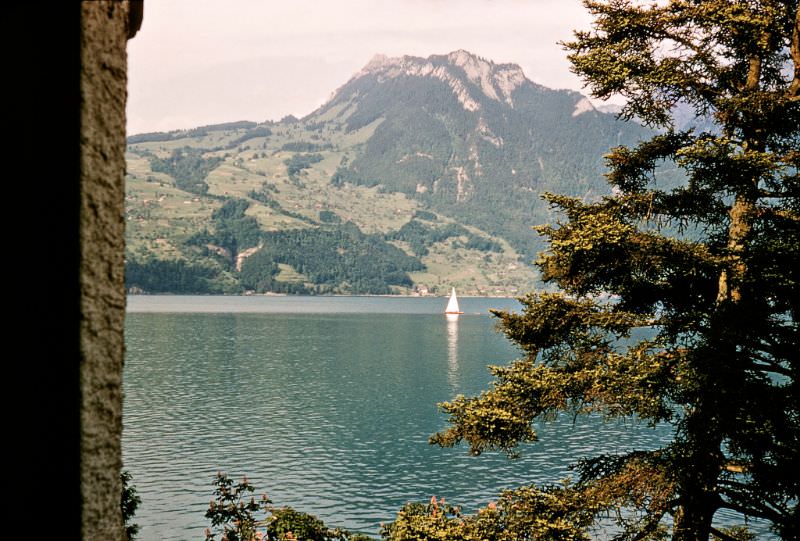
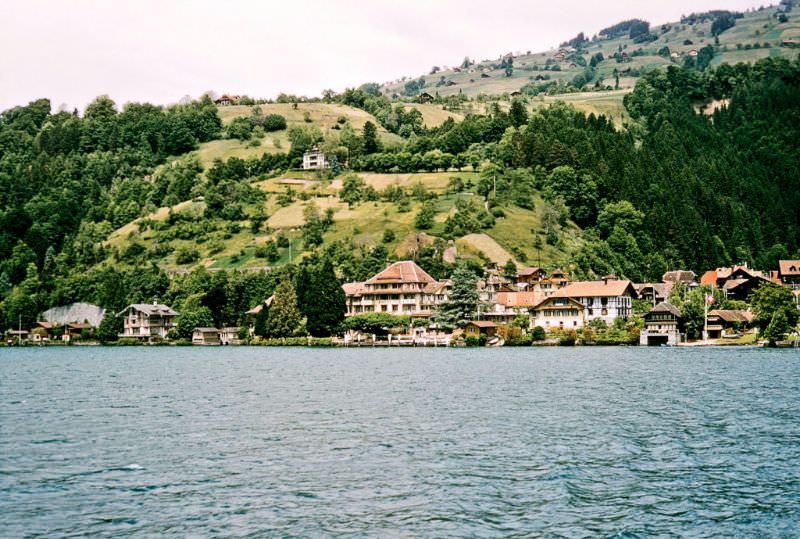
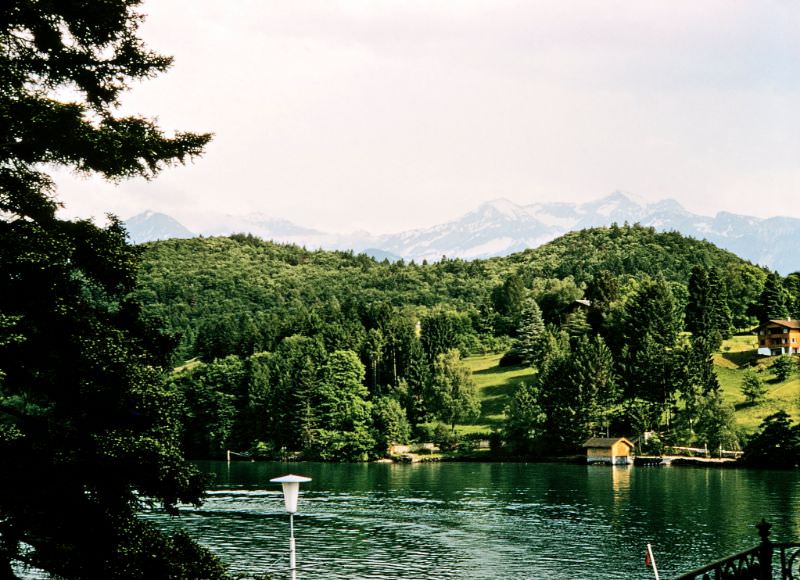
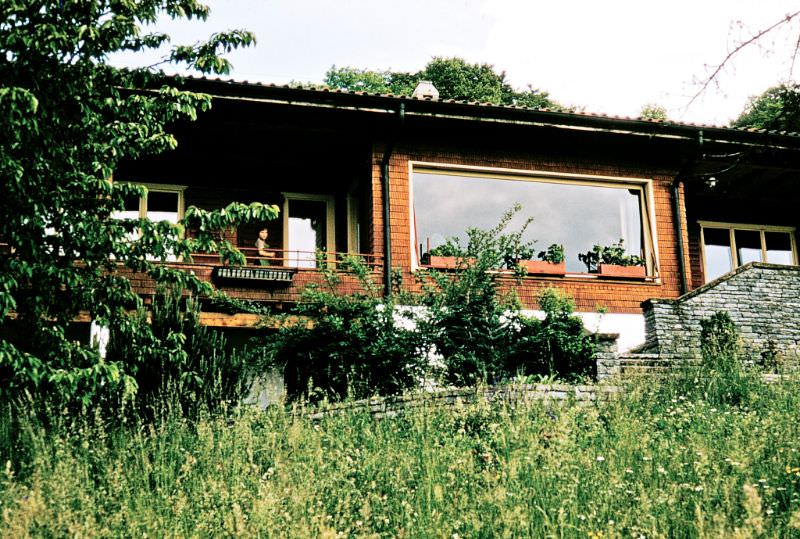
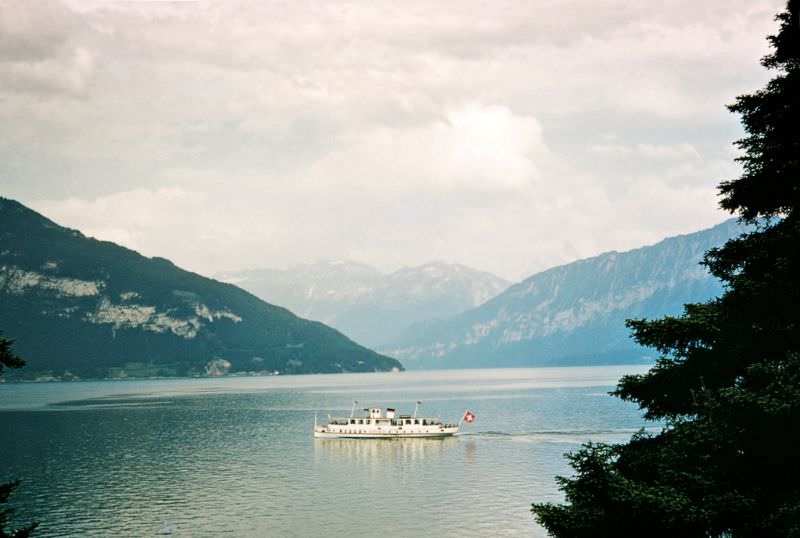
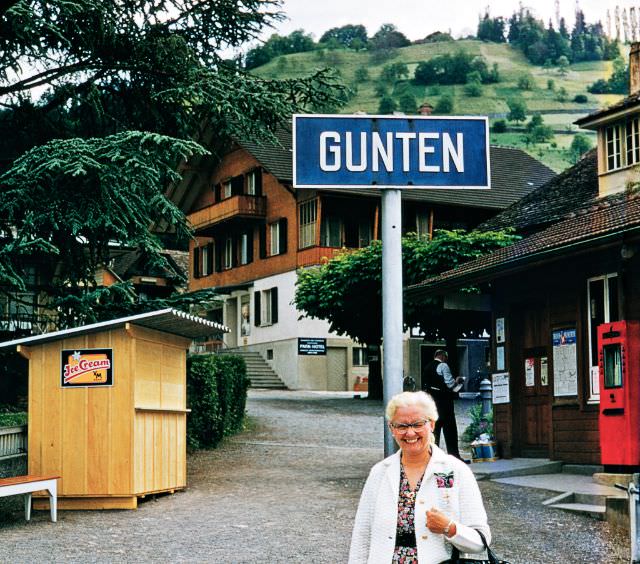
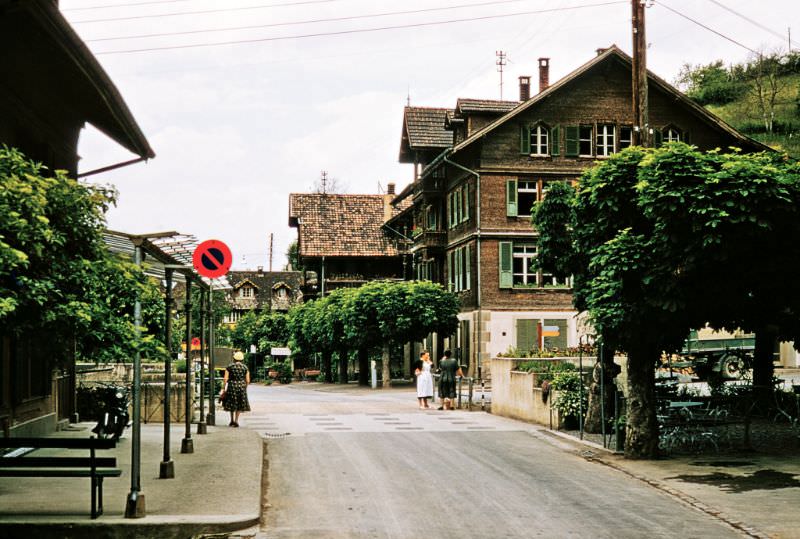


It’s still the same haha
I mean, you can take a picture of a cathedral or typical 19th century building now or in 50 years, and there won’t be any difference.
In essence, it is the same as now, but with older vehicles. Yes, maybe don’t show the historic center of Bern, because… you know… not much has changed in 500 years.
Back then, Geneva didn’t exist
Is this supposed to be funny?
Can you prove that it existed then? These images show nothing of an existence in the 1950s.
I’m not sure whether these are old photos or actual photos with some washed-out colors and grain. Overall, it still looks similar.
There were no cars everywhere, which I thought was nice.
Many of those places today have fewer cars than on those pictures (albeit more people). Check out the old cities of Bern and Luzern…